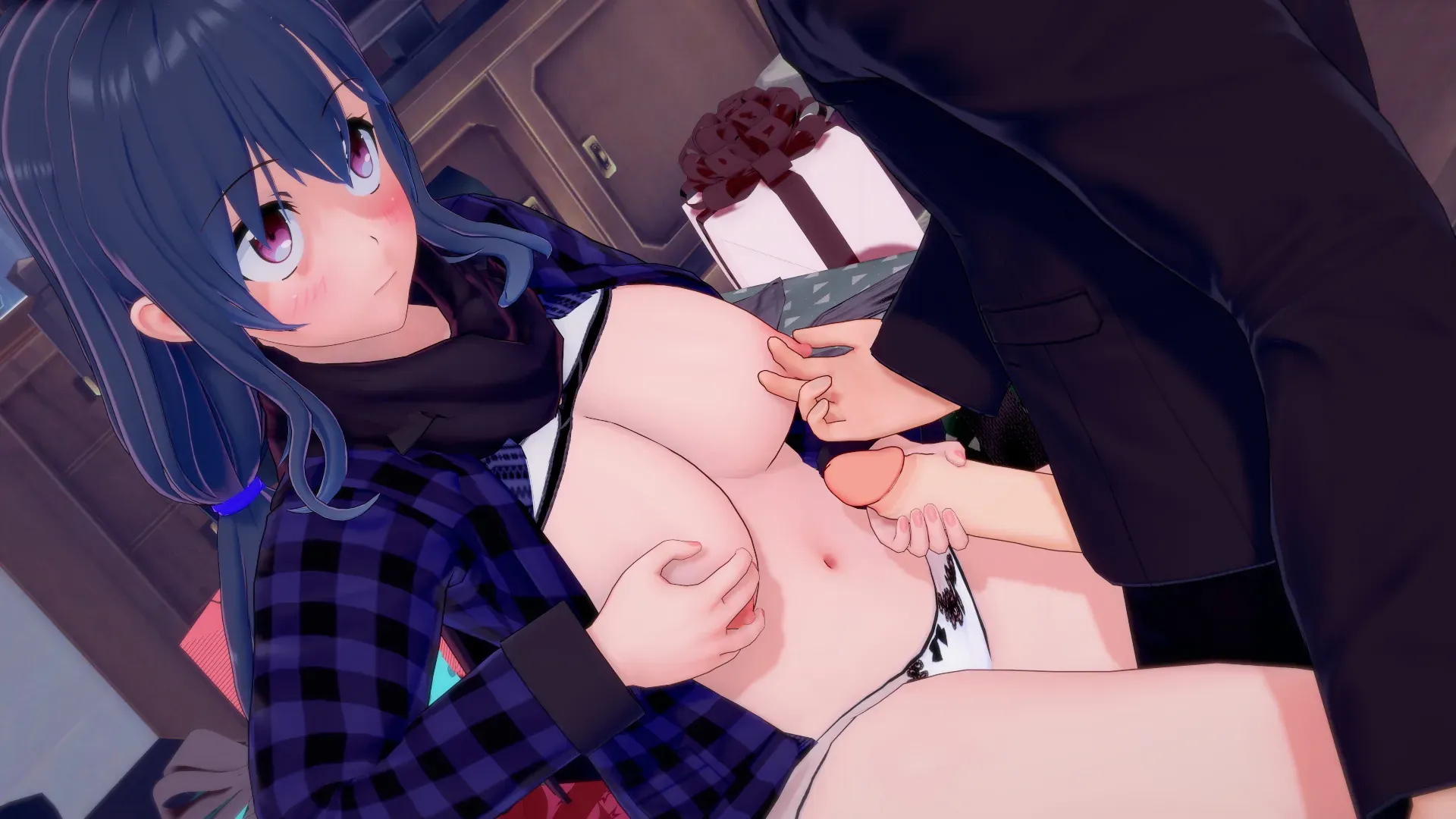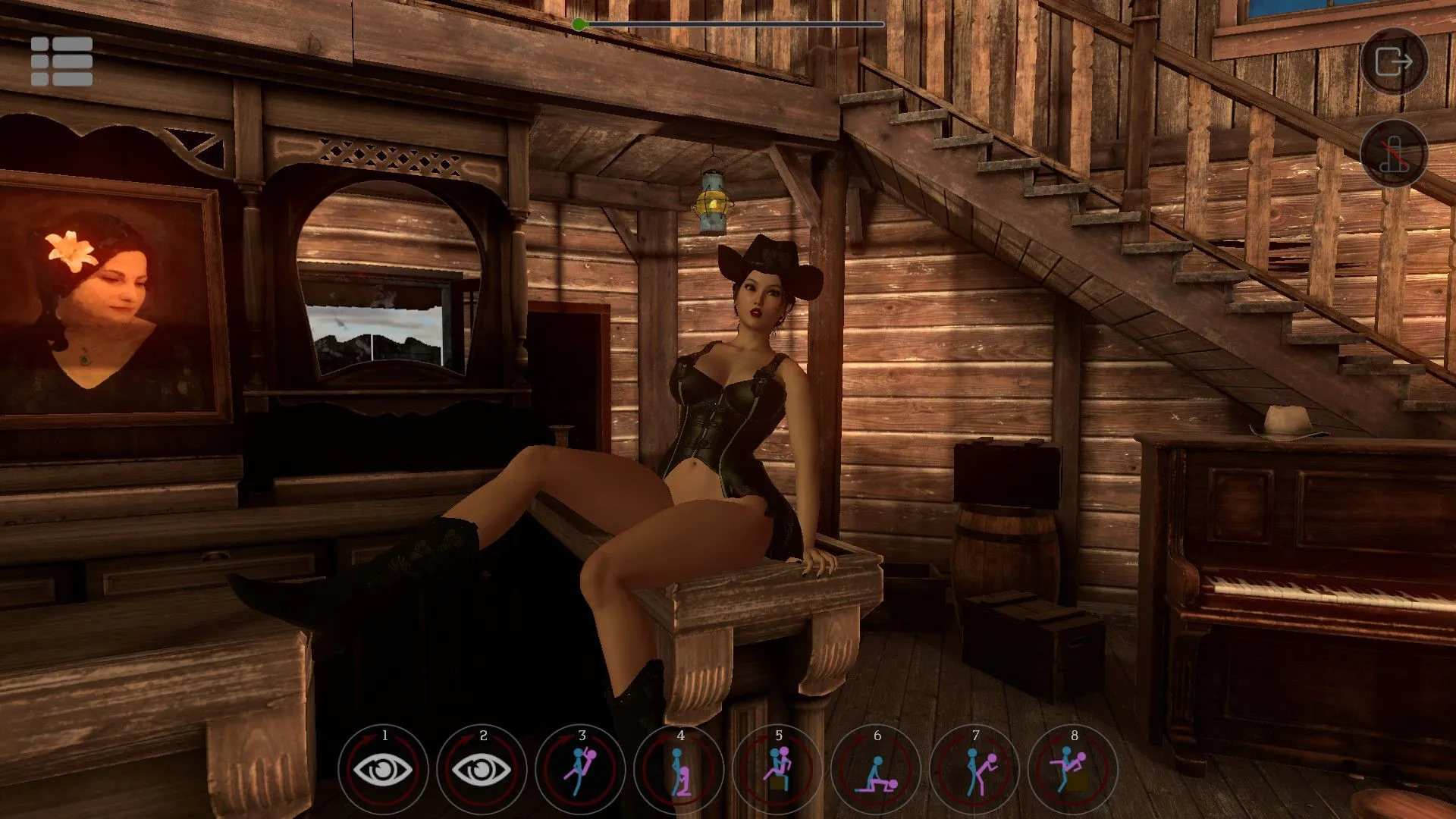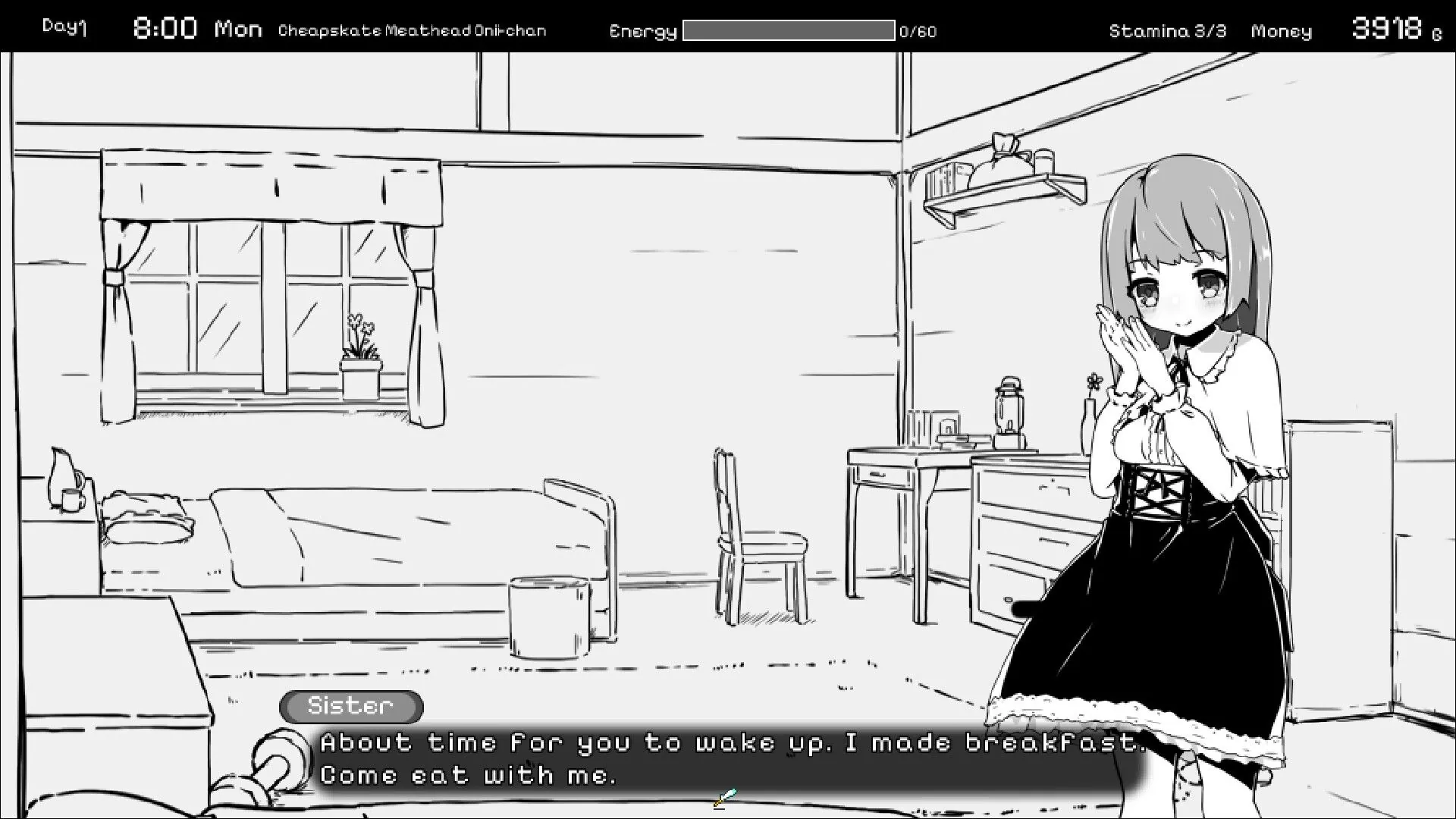
Long Story Short
Play Long Story Short
Long Story Short review
Explore the unique narrative, gameplay, and choices in Long Story Short
Long Story Short is a distinctive adult visual novel that blends storytelling with interactive gameplay, set against the backdrop of high school life. This game invites players into a dual-timeline narrative where choices impact relationships and endings, all framed through anonymous chatroom conversations. If you’re curious about what makes Long Story Short stand out in the genre, this article will guide you through its core elements, gameplay experience, and narrative depth.
Understanding the Narrative and Setting of Long Story Short
Ever found yourself scrolling through your game library, utterly bored with the same old experiences? I’ve been there. You want something with soul, something that makes you feel. That’s exactly how I stumbled into the world of Long Story Short. I expected just another high school visual novel, but what I got was a beautifully crafted journey that stuck with me for weeks. This isn’t just a game; it’s a poignant exploration of memory, connection, and the paths we choose.
The Long Story Short game story is the heart of its appeal. It masterfully blends the awkwardness of adolescence with the wisdom of hindsight, creating an experience that is both uniquely personal and universally relatable. Let’s pull back the curtain and understand what makes this narrative so special. ✨
What is the Story Behind Long Story Short?
At its core, the Long Story Short visual novel plot is deceptively simple. You step into the shoes of a young man reflecting on a pivotal period of his life: his final year of high school. The game cleverly frames this reflection through two distinct, yet interconnected, lenses.
In one timeline, you’re navigating the daily dramas of being a teenager. You’re dealing with classes, friendships, and the terrifying, exciting prospect of the future. It’s a classic setup for a high school visual novel, filled with moments that will feel familiar to anyone who remembers the bittersweet chaos of those years. 🏫
But here’s the twist that elevates everything: simultaneously, you are also your present-day self, anonymously chatting with a mysterious girl online. This anonymous chatroom story becomes a space for raw, unfiltered confession. As your past self fumbles through interactions at school, your present self is recounting those very events to this stranger, analyzing them with the benefit of maturity. It’s through this dual timeline narrative that the true depth of the Long Story Short game story unfolds. You’re not just watching memories; you’re re-examining them, understanding the “why” behind the “what.”
My Take: What I loved most about this structure was how it mirrored real-life introspection. We all have those cringe-worthy or confusing moments from our past that we replay in our heads, trying to make sense of them. Long Story Short makes that internal process tangible and interactive.
The anonymous chatroom isn’t just a gimmick; it’s a narrative engine. The girl on the other end asks probing questions, offers different perspectives, and gently challenges your character’s recollections. This relationship drives the emotional core of the game, making the Long Story Short visual novel plot a deeply engaging mystery about both the past and the present.
How Does the Dual Timeline Enhance the Experience?
You might think jumping between time periods could be confusing, but in Long Story Short, it’s the opposite—it’s illuminating. 🕰️ This isn’t just a flashback; it’s a constant, active conversation between who you were and who you are now.
The dual timeline narrative serves several brilliant purposes:
- Dramatic Irony: You, the player, often know more than your past self. You see your teenage character miss a social cue or misinterpret a situation, and it creates a powerful mix of amusement and empathy. You want to reach into the screen and give your younger self a little advice!
- Emotional Depth: Seeing a event play out in the past and then immediately discussing its emotional fallout in the present adds incredible weight. A simple misunderstanding in the school hallway can become a profound moment of character growth when reflected upon years later.
- Player Engagement: This structure turns you into an active investigator of your own life. You’re piecing together the full picture, understanding how seemingly small choices in the past ripple forward to define the present. The interactive story choices you make in both timelines feel incredibly meaningful because you see their consequences across time.
The Long Story Short game story uses this technique to explore themes of regret, forgiveness, and personal growth in a way a linear story simply couldn’t. It asks a compelling question: if you could talk to your younger self, what would you say? While you can’t change the past, this game allows you to reframe it, to find peace with it. This is the unique power of its dual timeline narrative.
Who Are the Main Characters and What Drives Them?
A great plot needs compelling characters to bring it to life, and the Long Story Short characters are wonderfully nuanced. They feel like real people, not just archetypes. Let’s meet the key players. 👥
The Protagonist (You)
Your character is the lens through which the entire story is filtered. In the past, he’s a typical teenager: unsure of himself, trying to figure out where he fits in, and often overthinking every social interaction. His primary motivation is a desire for connection and understanding, mixed with the fear of getting it wrong. In the present, he’s more thoughtful and introspective, using the anonymous chatroom story as a form of therapy to process his youth.
The Anonymous Girl
She is the catalyst for the entire narrative. Her identity is the central mystery of the Long Story Short visual novel plot. She’s insightful, patient, and curious. Her motivation seems to be a genuine desire to understand the protagonist, but as the story progresses, you begin to wonder if she has her own connection to these events. Is she a stranger, or is she someone from his past? Unraveling this mystery is one of the game’s greatest pleasures.
The High School Friends
These characters populate the protagonist’s past and represent different facets of adolescent life. They each have their own dreams, insecurities, and complexities, and your interactive story choices determine the nature of your relationships with them.
Here’s a quick overview of the key Long Story Short characters:
| Character | Role in the Story | Key Motivation |
|---|---|---|
| The Protagonist (Past) | To navigate his final year of high school and find meaningful connections. | Fear of being alone; desire for acceptance and love. |
| The Protagonist (Present) | To reflect on and make sense of his past experiences through anonymous conversations. | A need for closure and self-understanding. |
| The Anonymous Girl | To guide the protagonist’s reflection and uncover a deeper truth. | Curiosity and a hidden personal investment in the story. |
| High School Friends | To represent the social world and challenges of adolescence. | Varied: seeking friendship, pursuing dreams, dealing with their own insecurities. |
What makes these Long Story Short characters so effective is how their journeys intertwine. Your choices don’t just affect a single relationship; they impact how you perceive every event and person involved. The game brilliantly shows how our memories of people are often shaped by our own biases and emotional states at the time.
The Long Story Short game story succeeds because it makes you care. You care about the clumsy teenager trying his best. You care about the mysterious girl offering kindness. And most of all, you care about the truth. By masterfully weaving its dual timeline narrative with rich character development and meaningful interactive story choices, Long Story Short creates an unforgettable experience that celebrates the messy, beautiful complexity of growing up. ❤️ It’s a high school visual novel that understands that the most important stories are the ones we tell ourselves about our own lives.
Long Story Short offers a compelling blend of narrative depth and interactive gameplay, making it a memorable experience within adult visual novels. Its unique dual timeline storytelling and meaningful choices allow players to engage deeply with the protagonist’s journey through high school and relationships. Whether you’re drawn to its emotional storytelling or the gameplay mechanics, Long Story Short stands out as a thoughtful and engaging title. Dive in and explore the many paths this story has to offer.





